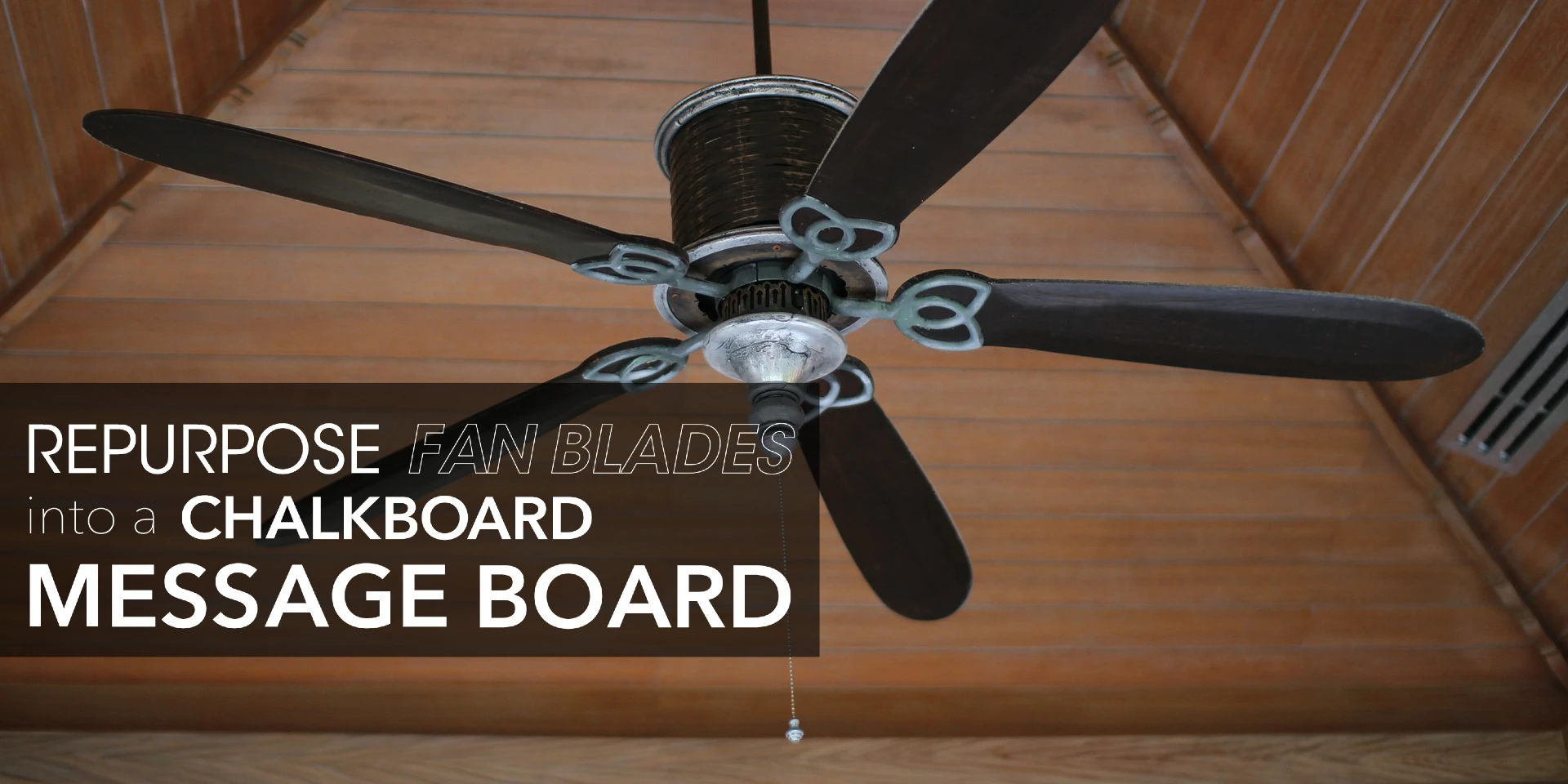
Aire Serv expalins why inspecting your ceiling ductwork is crucial for maintaining indoor air quality and HVAC efficiency.
- Check for visible dust, mold, or debris around vents
- Listen for unusual noises indicating leaks or blockages
- Ensure all duct connections are secure
- Schedule professional cleaning if issues are found
It’s important to inspect the ductwork in your home for any issues that might prevent your HVAC system from running at maximum efficiency. Ceiling ductwork is the easiest to examine yourself, especially if it runs through the attic, is exposed ductwork, or is above a suspended ceiling.
Need to know how to inspect your ductwork? Follow this above-ceiling ductwork checklist we put together to help your HVAC system work effectively …
Suspended Ceiling Inspection Checklist:
-
Ductwork Material
Make sure the ducts in your suspended ceiling are constructed from a suitable material. Sheet metal, fiberglass, and flexible aluminum tubing are all examples of suitable materials. If your system uses the spaces between rafters and floor joists as makeshift ductwork, you’re wasting energy. Install suitable ductwork material to make your system more effective and lower your heating bill.
-
How to Check Ductwork for Leaks
Have you ever wondered how to check ductwork for leaks? Here is how you do it. Check to make sure that there aren’t any loose sheet metal connections or gaps in the seams. Is your flexible ductwork kinked and torn? You may have to trace your entire ductwork system to find the leaks. Sometimes they are obvious and easy to spot, but when they aren’t you may need to feel around to find air escaping through small leaks or cracks. Any leaks along the way are wasting energy and increasing your heating and cooling bills.
-
Repairing Ductwork
Here is how to fix ductwork. Seal gaps and cracks with duct mastic or mastic tape to make sure air traveling through the ductwork makes it to its final destination. If the leaks in the ductwork are too large or difficult to repair, you may need to replace a section of ductwork. Our service professionals can perform a ductwork inspection to identify leaks and other issues and then make professional repairs.
-
Inspect the Condition of Duct Support
Ducts suspended above the ceiling require supports located no more than every 10 feet apart so that the structure is sound and doesn’t start to sag or stretch. If any duct supports have come loose, repair them. If the duct supports are farther apart than 10 feet, install additional supports to ensure the ductwork is properly reinforced.
-
Add Insulation and Other Necessary Coverings
Ductwork that is insulated retains it's heated or cooled temperature all the way to the supply registers. If your ceiling ductwork lacks insulation, now’s the time to add it. You may also be interested in an acoustical lining to mute the sound of air as it travels through the ducts, quieting your home.
-
Check the Return and Supply Registers
Make sure none of the registers are clogged or blocked. These should be open and unblocked by furniture, curtains, or rugs. If you have any unused rooms in your home, you may want to manually shut the registers located there. Just be sure to keep at least 80 percent of your home’s supply registers open to maintain the proper system balance.
-
Air Duct Cleaning
The first sign that you need air duct cleaning is if the return and supply registers are covered in dust and cobwebs. Start by vacuuming these grilles to improve airflow. Then, take a peek inside with a flashlight. If you notice debris, evidence of a vermin infestation, or offensive odors, consider hiring a professional to clean your ductwork. Other signs include water damage, mold growth, and frequent bouts of unexplained illnesses or allergies. Keep in mind that fiberglass air ducts need to be cleaned more often than sheet metal.
Find Air Duct Cleaning Near Me
If you don’t feel comfortable cleaning your air duct or don’t know how to check your duct for leaks, let Aire Serv® handle the job. Learn more about our air ductwork cleaning service and how we can help get your HVAC system running more efficiently. Request an appointment online or call to get started and find the Aire Serv location nearest you.

